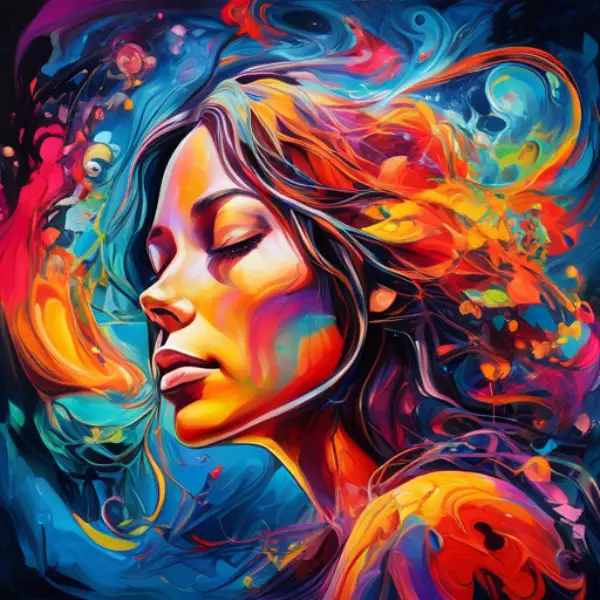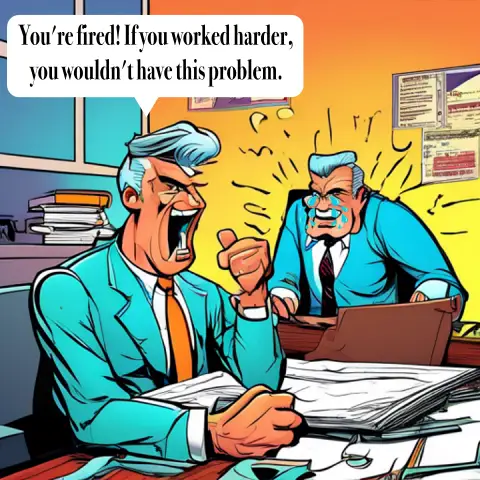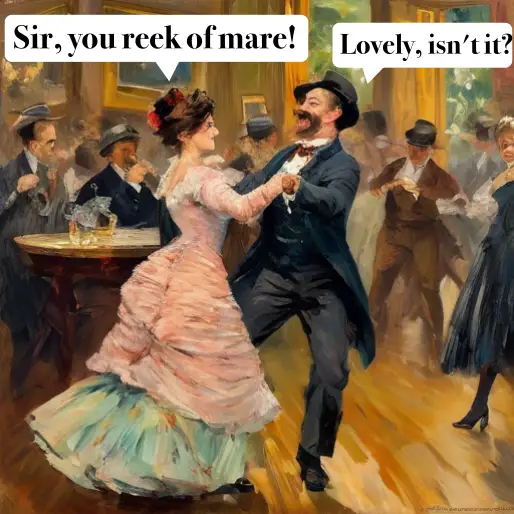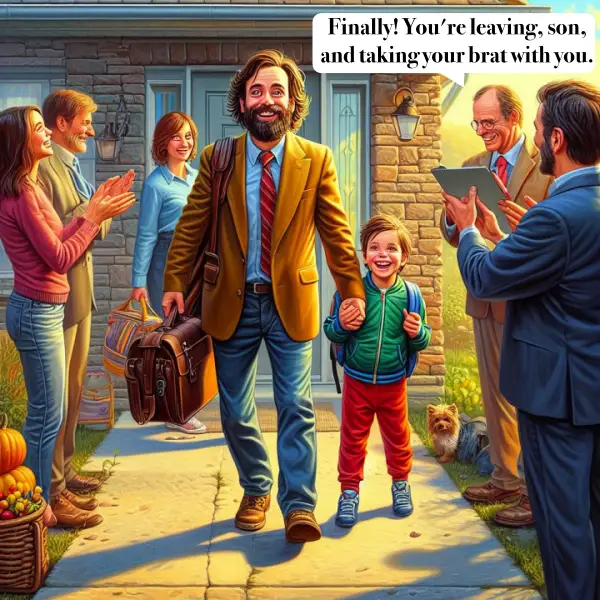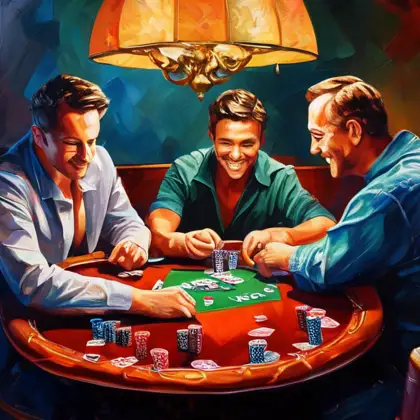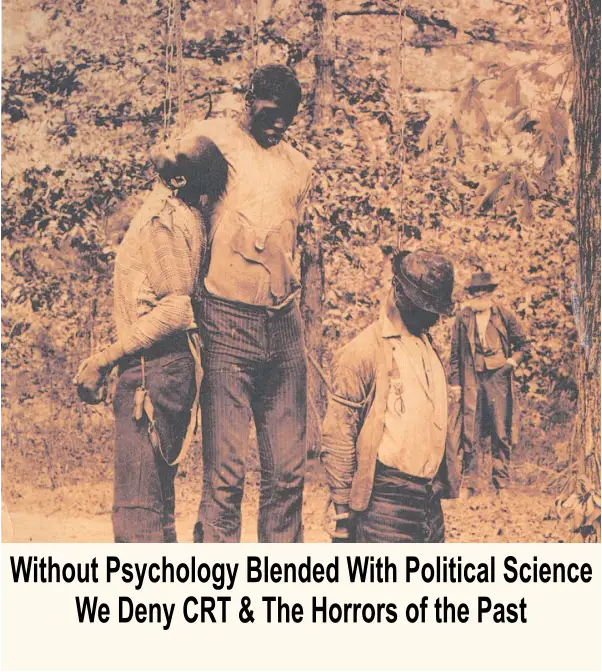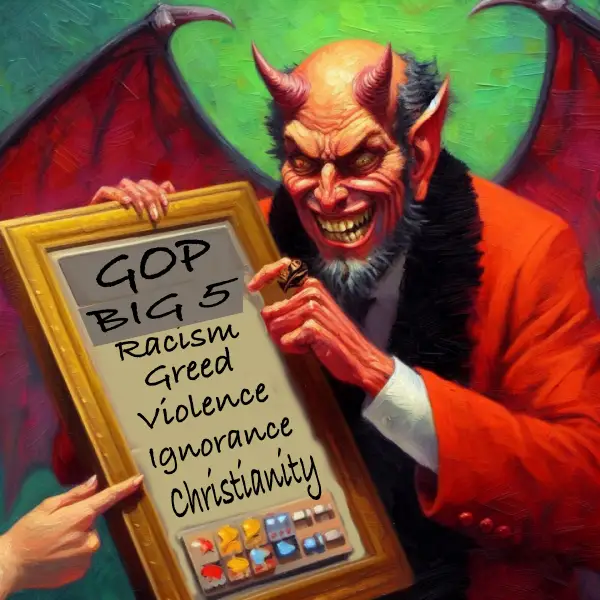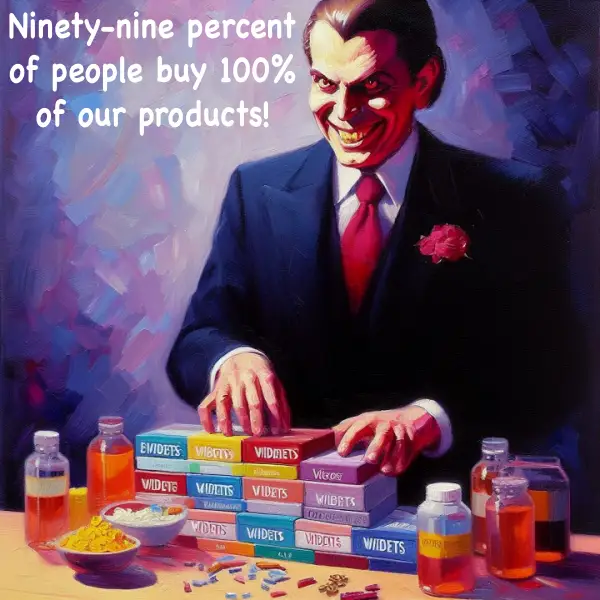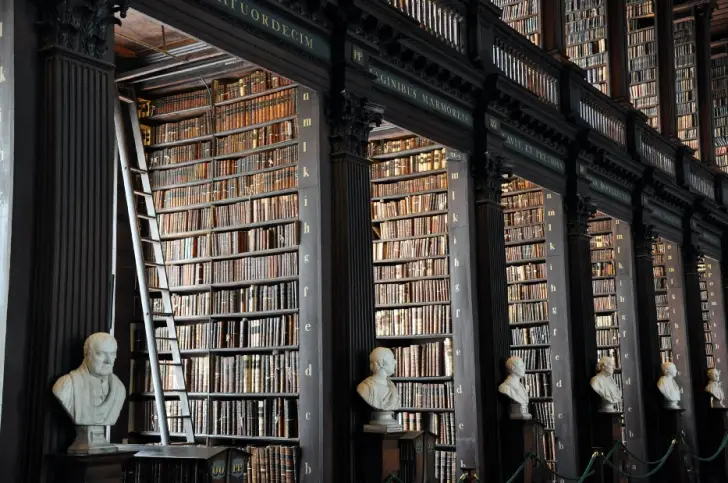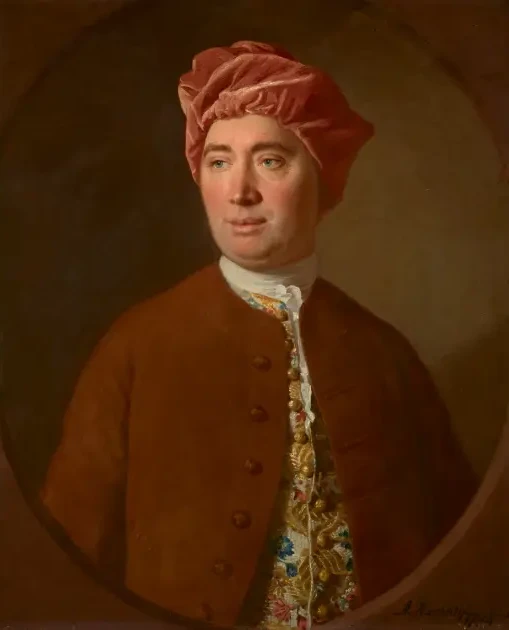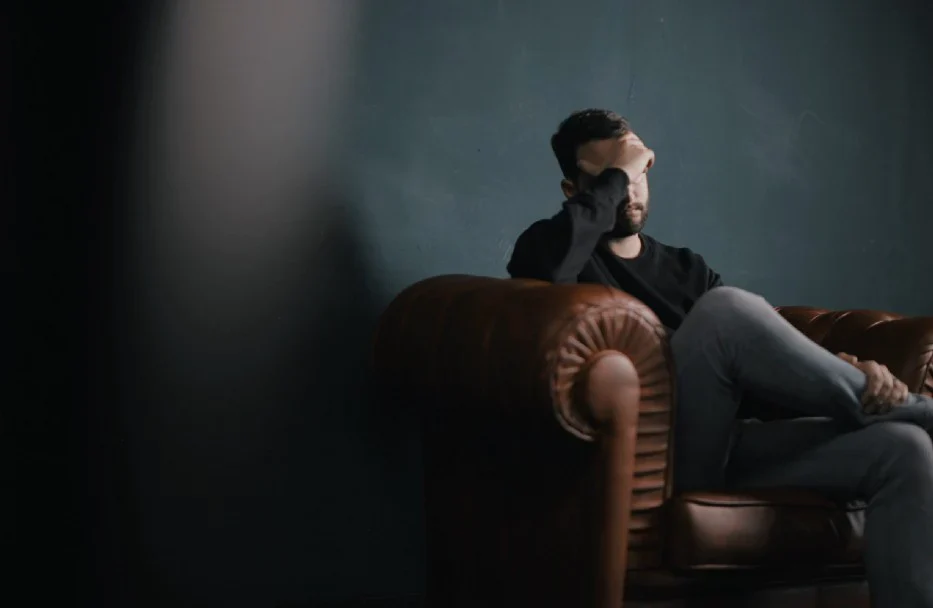This article was written by Terry Trueman with AI Assistance.
Table of Contents
“Listen to the color of your dreams,” demanded John Lennon in his song “Tomorrow Never Knows.” On the same LP, Revolver, Paul Macartney claimed his relationship with cannabis to be nearly sacred, “Got to get you into my life!” he screams, over and over, “Uuuuuu need I tell you I need you, every single day of my life!”
The History of Drug Laws in America
The scourge of our demon drugs appears now to be little more than a hysterical over-reaction to the freedom people felt (especially people of color) when they got high. All of us white kids who took hallucinogens back in the days of racist and idiotic illegality tried to tell you. But you kept placing any shit that made one feel GOOOOOD next to opioids like heroin on the DANGER lists. We tried to tell you for 50 fuckin’ years that you were simply wrong about these substances and their capacity to make life richer, smarter, and better.
Gee, I wonder why the powers of big Christianity and fascism insisted otherwise.
The history of drug laws in America is a classic example of bigotry and bullying in the land of the not so free and not so brave.
How did the marijuana laws of the 1920s through the 1990s discriminate and do so much more harm, especially to people of color, in the USA? I’m waiting for the GOP to start its war on CDT (Critical Drug Truths) where they will warp or ignore the facts of this history. So, let’s set the record straight.
The history of marijuana laws in the USA and how they have been used as a tool of racial oppression and injustice must not be forgotten or overlooked. The changes that finally have come are a classic example of the filthy beauty seen when justice is denied, delayed but ultimately triumphant.
Marijuana, or cannabis, is a plant that has been used for medicinal, spiritual, and recreational purposes for thousands of years. It was brought to the Americas by European colonizers and African slaves, and it was widely cultivated and consumed by different groups of people. However, things changed in the early 20th century when a wave of anti-immigrant sentiment and racial prejudice led to the criminalization of marijuana.
The first federal law that prohibited the use and sale of marijuana was the Marihuana Tax Act of 1937. This law was influenced by Harry Anslinger, the head of the Federal Bureau of Narcotics, who spread propaganda and misinformation about the dangers of marijuana. He claimed that marijuana caused insanity, violence, and crime, and that it was especially used by Mexicans, African Americans, and other minorities. He also used racist slurs and stereotypes to demonize these groups and associate them with marijuana.
The Marihuana Tax Act effectively banned marijuana by imposing a heavy tax on anyone who dealt with it. It also gave law enforcement agencies the power to arrest and prosecute anyone who violated the law. This resulted in a disproportionate impact on people of color, who were more likely to be targeted, arrested, and convicted for marijuana offenses. For example, in 1938, 89% of all marijuana arrests in Los Angeles were of Mexicans or Mexican Americans.
The situation worsened in the 1950s and 1960s, when the federal government passed harsher laws that increased the penalties for marijuana offenses. For instance, the Boggs Act of 1951 and the Narcotics Control Act of 1956 established mandatory minimum sentences for drug crimes, ranging from two to ten years in prison. These laws did not distinguish between different types of drugs or quantities, and they applied equally to users and sellers. Again, these laws disproportionately affected people of color, who were more likely to be arrested and sentenced for marijuana crimes than white people.
The Case of Robert Randall
The most notorious example of this racial disparity was the case of Robert Randall, a white man who was arrested for growing marijuana in his backyard in 1976. He successfully argued that he needed marijuana to treat his glaucoma, a medical condition that causes blindness. He became the first person in the USA to receive federal permission to use marijuana for medical purposes. Meanwhile, thousands of people of color were languishing in prison for possessing or selling much smaller amounts of marijuana.
The war on drugs escalated in the 1970s and 1980s, when President Nixon declared drug abuse as "public enemy number one" and launched a massive campaign to eradicate illegal drugs. He created the Drug Enforcement Administration (DEA) and increased the funding and power of law enforcement agencies to crack down on drug production, trafficking, and use. He also passed the Controlled Substances Act of 1970, which classified drugs into five schedules based on their potential for abuse and medical value. Marijuana was placed in Schedule I, the most restrictive category, along with heroin and LSD. This meant that marijuana was considered to have no accepted medical use and a high potential for abuse.
President Reagan continued and intensified the war on drugs in the 1980s, with his wife Nancy leading the "Just Say No" campaign to discourage drug use among young people. He passed the Anti-Drug Abuse Act of 1986, which established mandatory minimum sentences for drug offenses based on weight rather than role or intent. For example, possessing five grams of crack cocaine (a form of cocaine that was more common among poor people and people of color) triggered a five-year mandatory sentence, while possessing 500 grams of powder cocaine (a form of cocaine that was more common among wealthy people and white people) triggered the same sentence. This created a huge racial disparity in sentencing outcomes.
The war on drugs had devastating consequences for people of color in the USA. It led to mass incarceration, police brutality, racial profiling, civil rights violations, family separation, economic marginalization, and social stigma. According to the American Civil Liberties Union (ACLU), between 1980 and 2000, the number of people incarcerated for drug offenses increased from 50,000 to over 400,000. More than half of these people were black or Latino, even though they made up only about a quarter of the population. In some states, black men were sent to prison on drug charges at rates that were 20 to 50 times higher than those of white men.
The war on drugs also failed to achieve its stated goals of reducing drug supply and demand. Despite spending billions of dollars.
Hey, have you ever wondered what are some of the claims made in support of using hallucinogenic drugs? You know, those substances that alter your perception, cognition, and mood, like LSD, psilocybin, ketamine and MDMA. I'm going to share with you some of the potential benefits that these drugs may have for mental health and well-being, based on some recent research and news.
So, what are some of the benefits that psychedelics may offer?
Well, since you asked, according to some studies and reports, these drugs can:
- Induce feelings of relaxation, improved sense of well-being, increased social connectedness, introspection, and spiritual experiences.
- Reduce symptoms of anxiety, depression, PTSD, chronic pain, cluster headaches and substance use disorders.
- Help people cope with psychological distress linked to life-threatening illnesses.
- Increase neuroplasticity, which is the ability of the brain to form new connections and adapt to changes.
Did you know that:
- Kentucky (fuckin’ KENTUCKY!!! The goddamn big crucifix rodeo cowboy buckle of the bible belt) is considering funding research into ibogaine, a psychedelic drug that could possibly treat opioid addiction?
- Scientists in Northern California are redesigning the structures of psychedelic drugs to create compounds that may offer mental health benefits with fewer risks?
- MAPS Public Benefit Corporation has submitted a New Drug Application to the FDA for MDMA-assisted therapy for PTSD?
These are just some of the examples of how psychedelic therapy is advancing and evolving.
A final word on listening to the colors of your dreams, and how the times are still a-changin’
Fun little side note of your life’s meaning.
Have you ever wondered how drugs influenced the creativity of some of the most iconic artists of the 20th century? Well, let’s talk about Bob Dylan and the Beatles, two legendary acts that changed the face of music with their innovative and groundbreaking songs. But did they owe some of their genius to the use of consciousness expanding substances?
First, let's talk about Bob Dylan, the folk-rock poet who revolutionized the lyrics and themes of popular music. Dylan was known for his use of various drugs, such as marijuana, amphetamines, cocaine and heroin. He also experimented with LSD, a psychedelic drug that can alter one's perception of reality and induce visions and insights. Somewhere I read, that Bob Dylan claimed that LSD helped him write some of his most famous songs, such as "Mr. Tambourine Man" and "Like a Rolling Stone" and that LSD gave him "a feeling of ecstasy" and "a sense of freedom" that allowed him to express himself more creatively.
The Beatles, the Fab Four who conquered the world with their catchy melodies and innovative sounds, were also influenced by drugs, especially after they met Bob Dylan in 1964. It is rumored that Dylan introduced the Beatles to weed, although it is not clear if this is true. Regardless, the Beatles were definitely influenced by Dylan's music and his drug use, which can be seen in their later work. Let’s say the rumor is true that in 1964, Bob Dylan introduced the Beatles to marijuana. The herb triggered a creative surge that altered their approach to writing and recording songs. (“We were smoking marijuana for breakfast,” Lennon jibed.) Cannabis opened the door to new dimensions of popular music, and the Beatles carried the youth of the world with them across the psychoactive threshold.
The Beatles also experimented with LSD, which had a profound impact on their music and personalities. They started taking LSD in 1965, after a dentist secretly spiked their coffee with the drug. They soon became fascinated by the psychedelic effects of LSD, which they believed enhanced their creativity and awareness. They also became more interested in Eastern philosophy and spirituality, which influenced their lyrics and style. Some of their most psychedelic albums, such as "Revolver", "Sgt. Pepper's Lonely Hearts Club Band" and "Magical Mystery Tour", were inspired by their LSD trips.
So, what can we conclude from this? Did drugs make Bob Dylan and the Beatles more creative? Some researchers have found that drugs do not make you more creative, but rather impair your cognitive abilities and judgment. Others have argued that drugs can stimulate creativity by enhancing imagination and intuition, but only if used in moderation and under certain conditions (You mean like “smoking marijuana for breakfast”?). Ultimately, it may depend on the individual artist and how they use drugs to enhance or hinder their creative process.
Intoxication in Action
When I drink a little too much it hurts me a little. When I used to drink a lot too much it hurt me a lot. Smoking pot usually made me paranoid that a SWAT team would come kicking down my door at any second and I’ve never been able to totally escape that fear, but now that it’s legal, I’m trying.
LSD and other major hallucinogens are mostly in my past now. George Harrison states, In the Beatles’ “Anthology”, to paraphrase him here, that once you’ve taken acid 3 or 4 times you’ve gotten everything out of that you’re going to get. An accurate conclusion and one I believe is true for me as well. So, I gotta be honest here, I was lucky enough to tap my toe into the water of joy that Bob Dylan and the Beatles bathed in for decades, earning a living by my artistic productions. And it made my life feel so much more worthwhile than I could ever have felt by making more money or worrying that people I don’t care about or respect, approve of what I’m doing. So, I say, go get high if you want to. Something bad might happen, but at least you’re not facing mandatory prison sentences unless your stupid enough to live in one of those MAGA-headed moron states.
 Question? Comment? Rebuttal?
Question? Comment? Rebuttal?Copy the article's title or link to send with your response.


